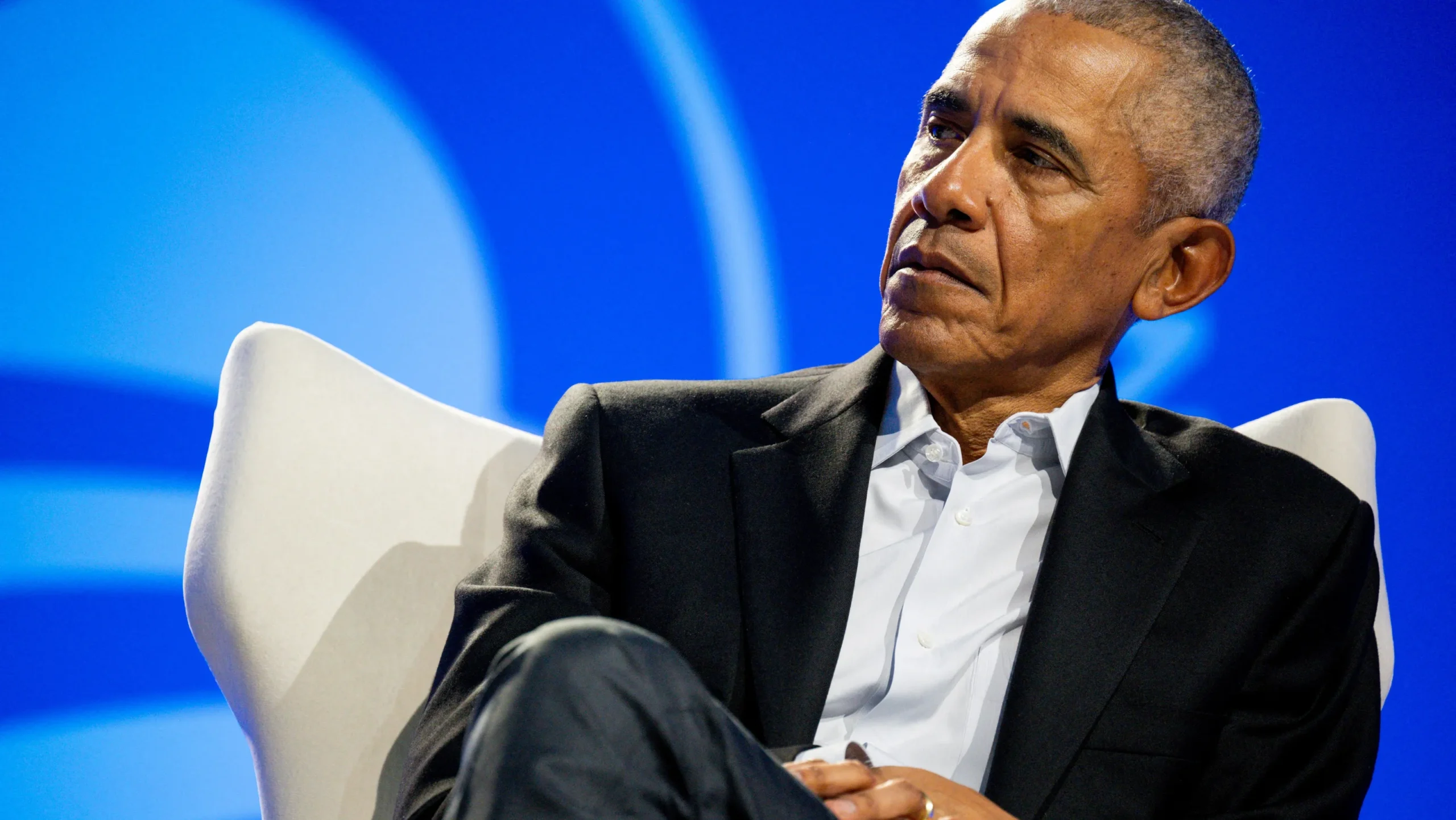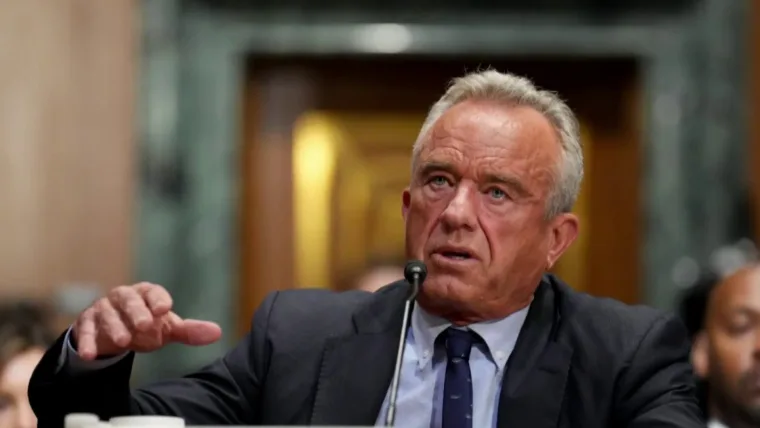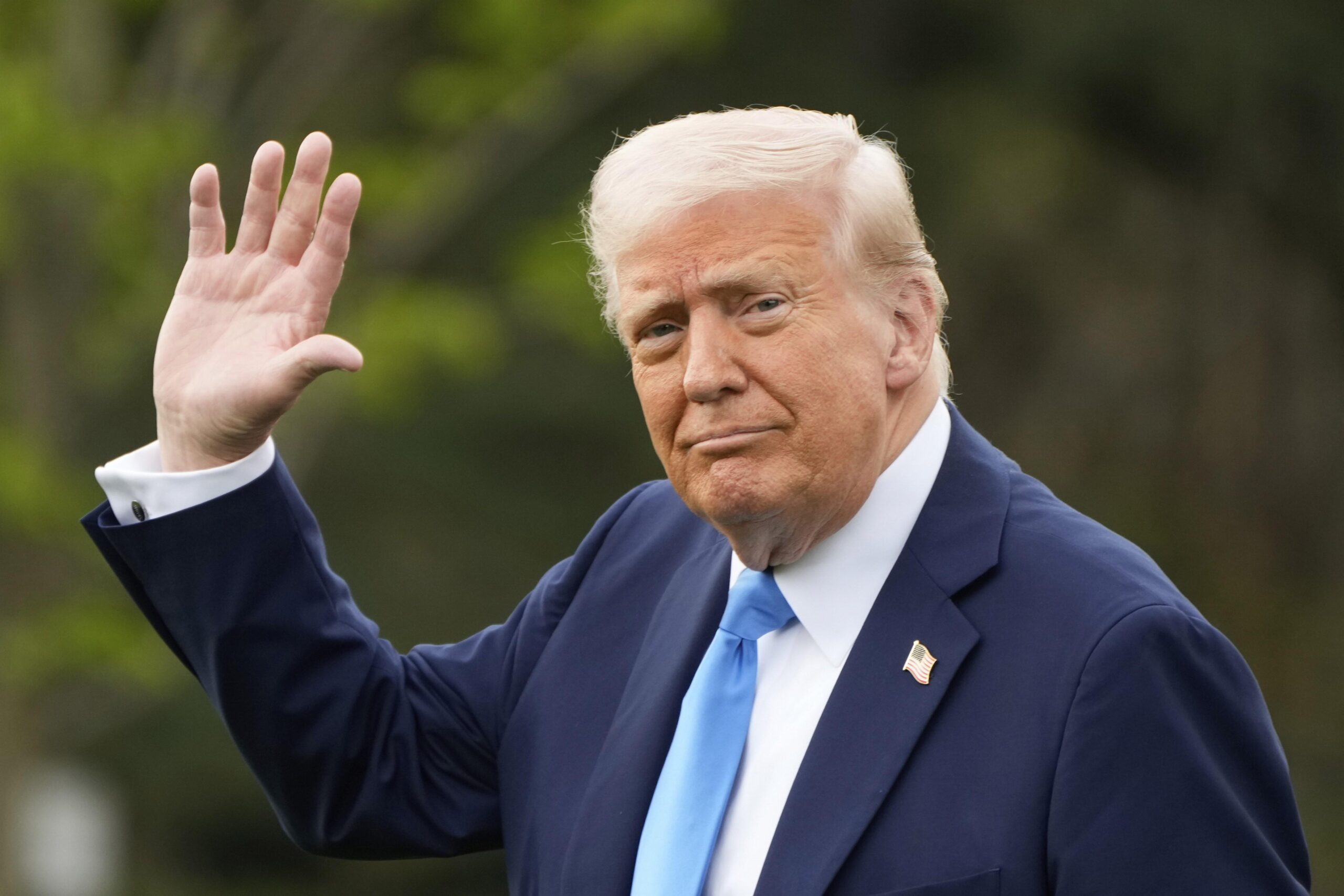On September 17, 2025, former President Barack Obama stepped into the national spotlight to address the assassination of conservative activist Charlie Kirk, a tragedy that shook the United States. Speaking at the Jefferson Educational Society’s summit in Erie, Pennsylvania, Obama criticized President Donald Trump’s response, accusing him of deepening America’s political divide by rushing to label the “radical left” as the enemy. This article delves into the context of Obama’s remarks, the events surrounding Kirk’s death, and the broader implications for a nation grappling with political violence and polarization.
The Assassination of Charlie Kirk: A Nation Shocked
On September 10, 2025, Charlie Kirk, the 31-year-old founder of Turning Point USA and a prominent Trump ally, was fatally shot during a speaking event at Utah Valley University. The incident, captured on video, showed Kirk collapsing after a single gunshot to the neck, sparking panic among the 3,000 attendees. The tragedy, described by Utah Governor Spencer Cox as a “political assassination,” reignited debates about political rhetoric and violence in America.
Obama’s Critique: A Call for Unity
Speaking at a moderated event, Obama condemned Kirk’s killing as a “horrific tragedy” while urging Americans to reject political violence. He criticized Trump’s swift attribution of the attack to the “radical left,” arguing that such rhetoric risks silencing debate and exacerbating divisions. Obama drew on his own presidency, citing his response to the 2015 Charleston church shooting, where he avoided politicizing the tragedy to attack opponents.
Why Obama Spoke Out
Obama’s remarks were a rare intervention from a former president who has largely maintained a low profile since leaving office. His decision to speak reflects concern over escalating political tensions, particularly as Trump’s administration vowed to crack down on left-leaning groups. Obama’s call for unity echoed his broader message: Americans must debate ideas without resorting to violence or demonization.
The Role of a President in Crisis
Obama emphasized that a president’s role in times of crisis is to remind Americans of their shared values. He referenced George W. Bush’s post-9/11 speech, which clarified that the U.S. was not at war with Islam. In contrast, Obama argued, Trump’s response to Kirk’s death—blaming the left without evidence—fueled division rather than healing.
Trump’s Response: Blaming the “Radical Left”
In a video address from the Oval Office on September 10, 2025, Trump mourned Kirk’s death, calling him a “legendary” figure who galvanized young conservatives. However, he quickly pivoted to blame the “radical left,” claiming their rhetoric, which compared conservatives to “Nazis,” incited the violence. Trump’s allies, including Elon Musk and Stephen Miller, amplified this narrative, with some calling for mass arrests.
A Pattern of Polarizing Rhetoric
Trump’s remarks fit a broader pattern of inflammatory language. During his campaign and presidency, he has labeled opponents “vermin” and “enemies within,” even threatening to withhold federal funds from ideological adversaries. This approach, critics argue, contrasts sharply with past presidents who sought to unify during crises, as Obama highlighted.
Comparing Presidential Responses
| President | Event | Response | Tone |
|---|---|---|---|
| Barack Obama | 2015 Charleston Shooting | Focused on unity, avoided politicizing | Conciliatory |
| George W. Bush | 9/11 Attacks | Emphasized shared values, rejected Islamophobia | Unifying |
| Donald Trump | Charlie Kirk Assassination | Blamed “radical left,” promised crackdowns | Divisive |
This table illustrates the stark contrast in leadership styles, with Obama and Bush prioritizing unity, while Trump’s response leaned into partisan blame.
The Shooting: What Happened?
Charlie Kirk was shot during his “American Comeback” tour at Utah Valley University, where he engaged in his signature “Prove Me Wrong” debates. A question about transgender mass shooters preceded the fatal shot, fired from the rooftop of the nearby Losee Center. Tyler Robinson, a 22-year-old suspect, was charged on September 17, 2025, with aggravated murder, motivated by what he described as Kirk’s “hatred.”
Details of the Incident
- Location: Utah Valley University, Orem, Utah
- Time: Approximately 12:20 p.m., September 10, 2025
- Weapon: Bolt-action rifle, engraved with transgender and antifascist slogans
- Suspect: Tyler Robinson, arrested after a family member’s tip
The rifle’s engravings fueled speculation about the shooter’s motives, though prosecutors emphasized Robinson acted alone, with no evidence of a broader conspiracy.
The Aftermath: A Nation on Edge
Kirk’s death sent shockwaves through conservative circles, with vigils held nationwide. Social media erupted with polarized reactions—some on the right called for “war,” while others on the left expressed indifference or even approval. The White House lowered flags to half-staff, and Trump ordered a national mourning period until September 14, 2025.
A Personal Reflection: The Cost of Division
I remember watching Obama’s 2015 Charleston eulogy, where he sang “Amazing Grace” to honor the victims. It was a moment that transcended politics, bringing tears to my eyes as a reminder of what leadership can be. Kirk’s assassination, and the vitriol that followed, feels like a betrayal of that spirit. It’s as if we’ve forgotten how to grieve together, trading shared sorrow for partisan finger-pointing.
The Broader Context: Political Violence in America
Kirk’s killing is part of a disturbing rise in political violence. In 2024, Trump survived two assassination attempts, while Democratic figures like Nancy Pelosi’s husband and Minnesota state legislators faced attacks. A 2023 Reuters/Ipsos poll found only 6% of Americans condone political violence, yet incidents persist, fueled by heated rhetoric and easy access to guns.
Recent Political Violence Incidents
- Trump Assassination Attempts (2024): Two attacks, one grazing Trump’s ear in Butler, Pennsylvania.
- Minnesota Lawmakers (June 2025): State Rep. Melissa Hortman and her husband killed in a politically motivated attack.
- Nancy Pelosi’s Husband (2022): Attacked with a hammer at their home.
These incidents underscore that violence spans the political spectrum, challenging Obama’s call for a unified rejection of such acts.
Pros and Cons of Obama’s Approach
Pros:
- Promotes unity and civility, reducing tensions.
- Encourages open debate without demonization.
- Draws on historical precedent for effective crisis leadership.
Cons:
- Risks being seen as naive in a polarized climate.
- May lack immediate impact without concrete policy proposals.
- Faces pushback from those who view it as deflecting from accountability.
Obama’s Vision vs. Trump’s Strategy
Obama’s speech framed the Kirk assassination as a symptom of a broader “political crisis.” He argued that labeling opponents as enemies undermines democracy, citing Trump’s threats to investigate groups like ActBlue or revoke tax-exempt statuses. In contrast, Trump’s team, including Stephen Miller, suggested using Kirk’s death to target “leftist ideology,” raising fears of authoritarian overreach.
Why This Divide Matters
The contrasting responses highlight a deeper struggle: how to address political violence without stifling free speech. Obama’s approach—condemning violence while defending debate—aims to preserve democratic norms. Trump’s, however, risks escalating tensions by framing the left as a monolithic threat, potentially justifying crackdowns.
People Also Ask (PAA) Section
What did Obama say about Charlie Kirk’s assassination?
Obama called the killing a “horrific tragedy” and criticized Trump for blaming the “radical left” without evidence, urging Americans to debate ideas without violence.
Why did Trump blame the radical left for Kirk’s death?
Trump claimed that left-wing rhetoric, comparing conservatives to “Nazis,” incited the shooting, though no evidence linked the suspect to organized groups.
Who is Tyler Robinson, the suspect in Kirk’s shooting?
Tyler Robinson, 22, was charged with Kirk’s murder, citing the activist’s “hatred” as his motive. He acted alone, with no ties to broader organizations.
How has political violence affected the U.S. recently?
Recent incidents include assassination attempts on Trump, attacks on Democratic lawmakers, and Kirk’s killing, reflecting a rise in politically motivated violence.
How to Move Forward: Bridging the Divide
Obama’s remarks call for a return to civility, but achieving this is no small feat. Here are practical steps to reduce political violence and polarization:
- Promote Dialogue: Support platforms like the Jefferson Educational Society for bipartisan discussions.
- Strengthen Gun Laws: Advocate for background checks, as seen in the 2022 bipartisan bill, to curb access to weapons.
- Educate on Rhetoric: Encourage media literacy to combat inflammatory narratives.
- Support Community Initiatives: Back organizations fostering local unity, like those listed on www.usa.gov/community-organizations.
Tools for Reducing Political Violence
| Tool | Purpose | Where to Get |
|---|---|---|
| Conflict Resolution Training | Teach de-escalation techniques | www.adr.org |
| Media Literacy Programs | Combat misinformation | www.medialit.org |
| Gun Safety Advocacy | Promote responsible ownership | www.giffords.org |
| Community Dialogue Platforms | Foster bipartisan talks | www.jeserie.org |
These resources can empower individuals and communities to address division constructively.
Transactional Support: Taking Action
For those moved by Obama’s call to action, supporting organizations that combat political violence is a tangible step. Consider donating to groups like the Giffords Law Center or attending events at think tanks like the Jefferson Educational Society. Engaging in local politics or volunteering for unity-focused initiatives can also make a difference.
Where to Contribute:
- Giffords Law Center: www.giffords.org
- Jefferson Educational Society: www.jeserie.org
- National Conflict Resolution Center: www.ncrconline.com
FAQ Section
What did Obama say about Trump’s response to Kirk’s shooting?
Obama criticized Trump for rushing to blame the “radical left,” arguing it deepens divisions and risks silencing debate, calling for unity instead.
Why was Charlie Kirk’s assassination significant?
Kirk’s death, as a prominent Trump ally, intensified political tensions, with Trump’s response fueling fears of crackdowns on free speech.
How can Americans reduce political violence?
By promoting civil dialogue, supporting gun control measures, and engaging in community initiatives, Americans can work toward unity.
What is the broader impact of political rhetoric?
Inflammatory rhetoric, like Trump’s, can escalate tensions, while unifying messages, like Obama’s, aim to preserve democratic norms.
Are there organizations addressing political division?
Yes, groups like the Jefferson Educational Society and Giffords Law Center work to foster dialogue and reduce violence.
Conclusion: A Crossroads for America
Charlie Kirk’s assassination and the contrasting responses from Obama and Trump highlight a nation at a crossroads. Obama’s plea for unity, grounded in his experience as a president navigating crises, offers a path toward healing. Yet, Trump’s rush to “identify an enemy” risks deepening the divide, as America grapples with violence and polarization. As citizens, we must choose whether to bridge gaps or widen them, ensuring our democracy endures.
Sources:




